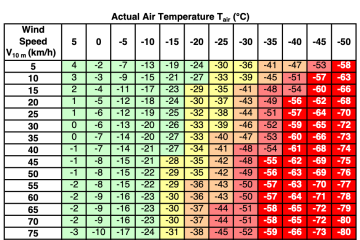Understanding Hazy Weather Conditions Across Canada

Introduction
As we enter the fall season, a significant rise in hazy weather has been observed across many regions in Canada. This phenomenon is not only a challenge for visibility but also has implications for public health and the environment. Understanding the causes and effects of haziness can inform individuals and communities about safety measures and long-term effects.
The Causes of Hazy Weather
Hazy conditions typically arise from a combination of humidity, temperature inversion, and air pollution. In recent months, forest fires originating from the western provinces have contributed heavily to haze, as smoke travels long distances, settling in eastern regions. According to Environment Canada, smoke from wildfires can lead to a significant decrease in air quality, prompting health warnings in affected areas.
Health Implications
The presence of haze in the air can lead to several health concerns, particularly for vulnerable populations such as those with respiratory conditions, the elderly, and young children. The Canadian Lung Association warns that inhaling a higher concentration of particulate matter can exacerbate asthma, bronchitis, and other lung conditions. During hazy days, health authorities typically recommend limiting outdoor activities and using air purifiers indoors to mitigate exposure.
Effects on the Environment
Hazy conditions can also impact the environment significantly. The haze reduces sunlight, which can affect plant photosynthesis and growth. The combination of reduced visibility and quality of air can alter local ecosystems, impacting everything from plant health to wildlife behaviour. A study by the Canadian Wildlife Federation suggests that prolonged periods of haze may disrupt migration patterns of various bird species.
Conclusion
Hazy weather is an increasingly frequent occurrence in Canada, primarily driven by wildfires and air pollution. Its implications on health and the environment underscore the urgency for public awareness and action. As we anticipate further changes in our climate and environment, it becomes essential for Canadians to stay informed about the effects of hazy conditions on personal health and local ecosystems. By adapting our day-to-day activities during hazy periods and understanding their long-term impacts, we can foster a healthier and more resilient community in the face of these challenges.









